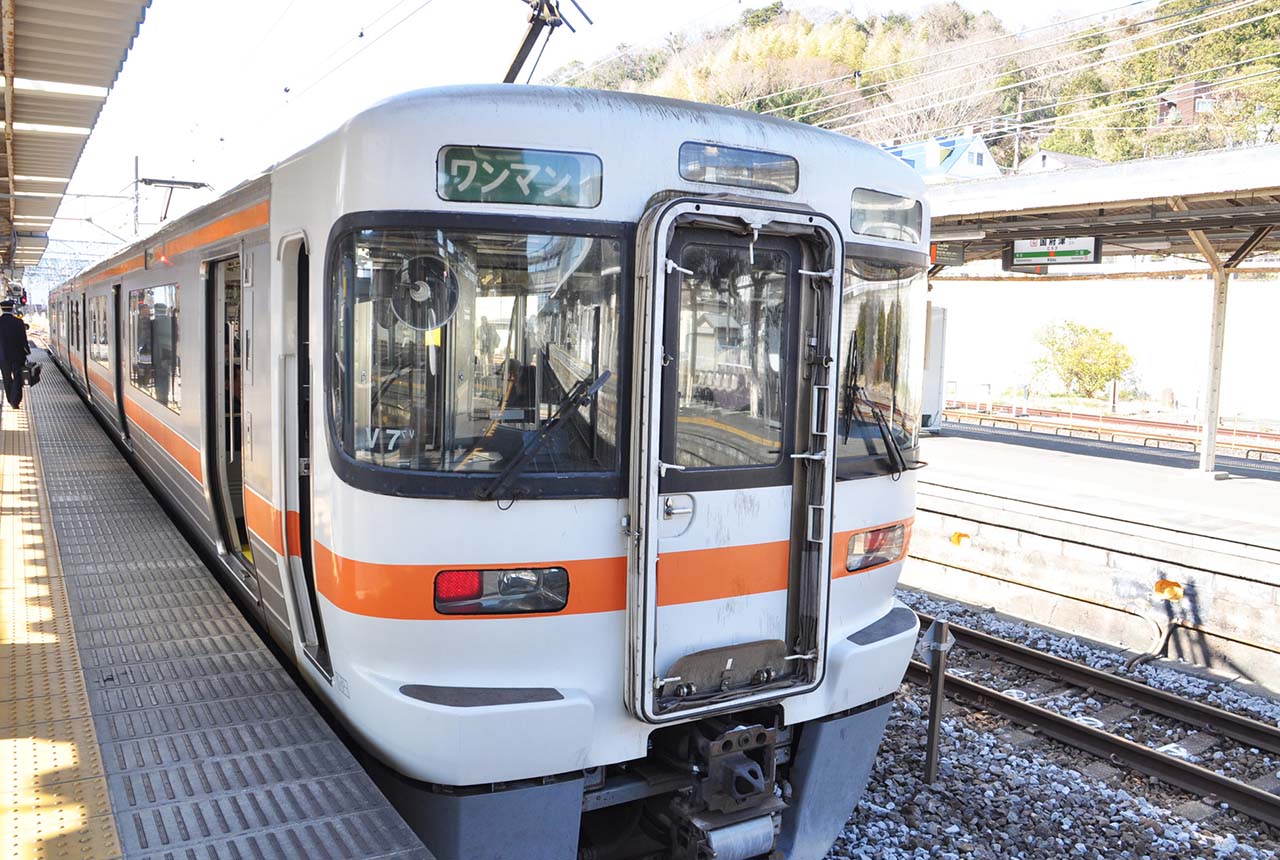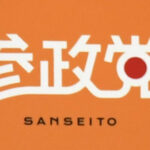JR Gotemba Line Temporarily Suspends Operations Between Yamakita and Gotemba Due to Rainfall Exceeding Limits
Due to the influence of warm, moist air flowing toward a stationary front, rainfall increased primarily in the mountainous western areas of Kanagawa Prefecture. As a result, the JR Gotemba Line temporarily suspended operations in both directions between Yamakita and Gotemba from around 10:20 a.m. to 1:25 p.m.
According to JR Central, the suspension occurred because hourly rainfall in the Ashigara-Gotemba section temporarily reached the regulated limit (50 mm).
JR Gotemba Line
The JR Gotemba Line is a railway line in Japan operated by East Japan Railway Company (JR East), connecting Numazu in Shizuoka Prefecture to Matsuda in Kanagawa Prefecture. Opened in 1889, it serves as a vital commuter route and offers scenic views of Mount Fuji, particularly around Gotemba Station. The line also provides access to popular tourist destinations, including the Gotemba Premium Outlets and the foothills of Mount Fuji.
Yamakita
Yamakita is a town located in the Ashigarakami District of Kanagawa Prefecture, Japan, known for its scenic beauty and proximity to the Tanzawa Mountains. Historically, it developed as a post station along the old Kamakura Kaidō route during the Edo period (1603–1868), serving travelers between Edo (modern Tokyo) and the western regions. Today, it is recognized for its nature trails, hot springs, and traditional charm, offering a glimpse into rural Japanese culture.
Gotemba
Gotemba is a city in Shizuoka Prefecture, Japan, known for its stunning views of Mount Fuji and its proximity to the Fuji-Hakone-Izu National Park. Historically, it was a post town along the ancient Tokaido route during the Edo period. Today, it is famous for the Gotemba Premium Outlets and outdoor activities like hiking and hot springs.
Ashigara-Gotemba section
The Ashigara-Gotemba section is a historic route located at the eastern foot of Mount Fuji in Japan, traditionally part of the ancient Tōkaidō road connecting Edo (Tokyo) and Kyoto. It was a key transportation path during the Edo period (1603–1868), used by travelers, merchants, and pilgrims. Today, the area is known for its scenic landscapes, hiking trails, and cultural heritage tied to the feudal era.






